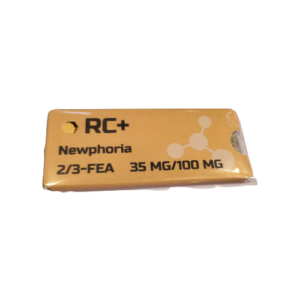2-FEA
Isopropanol (Industrial Grade) – Bulk Industrial Solvent Supply
At realchemstore.org, we provide industrial-grade isopropanol (IPA) in bulk quantities for manufacturers, laboratories, and industrial buyers. Isopropanol is a versatile solvent widely used in chemical manufacturing, cleaning, coatings, pharmaceuticals, and laboratory applications. Our high-purity IPA ensures consistent performance and reliable supply for all professional industrial processes.
What Industrial-Grade Isopropanol Includes
Isopropanol (C₃H₇OH) is a clear, colorless, flammable liquid with excellent solvency for polar and non-polar compounds. Key features include:
-
High purity suitable for industrial, laboratory, and pharmaceutical processes
-
Miscible with water and many organic solvents
-
Fast-drying with low residue
-
Stable under proper storage and handling conditions
Industrial-grade IPA is a core chemical used across multiple sectors due to its efficiency, safety, and versatility.
Key Industrial Applications
-
Chemical Manufacturing: Solvent for reactions, intermediates, and cleaning processes.
-
Pharmaceuticals & Personal Care: Used in tinctures, formulations, and sanitizer production.
-
Coatings & Adhesives: Solvent for paints, varnishes, resins, and adhesives.
-
Laboratory & Analytical Use: Employed in extractions, chromatography, and sample preparation.
-
Industrial Cleaning: Efficient solvent for degreasing, electronics cleaning, and surface preparation.
Packaging & Handling
At realchemstore.org, isopropanol is supplied in industrial bulk packaging suitable for professional use:
-
Drums: 25–200 liters
-
IBC Totes: 1000 liters for large-scale operations
-
Custom Bulk Quantities: Available upon request
All shipments come with Material Safety Data Sheets (MSDS) and comply with industrial safety regulations. Proper storage in ventilated areas and use of PPE are strongly recommended.
Why Choose RealChemStore.org
Sourcing isopropanol from realchemstore.org ensures:
-
Industrial-grade, high-purity chemicals suitable for professional use
-
Reliable bulk supply with competitive pricing
-
Full documentation and compliance with industrial standards
-
Safe, secure packaging and logistics for global transport
For manufacturers, laboratories, and industrial facilities, we provide a dependable source for all your isopropanol requirements.
Contact realchemstore.org today for bulk supply inquiries or quotes.
Showing all 3 results



